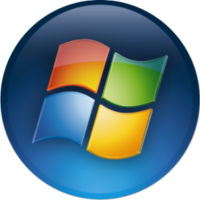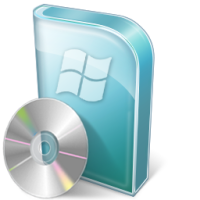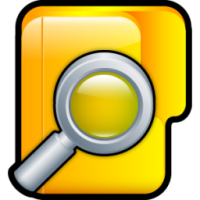I recently purchased a new desktop computer to replace the 8 year old desktop I was previously using. The previous desktop had served me well for those 8 years, and had been running Windows XP without any problems. It had begun to show its age recently, however; so I bought myself a new one.
My new desktop included Windows 7 Professional installed (I didn’t want Vista), which I so far have enjoyed using. I did run into a minor problem recently where some of the icons for specific file types went missing. While this didn’t stop the application from loading, it was a little annoying as it was a bit difficult to tell two shortcuts apart. Luckily, it is easy to delete and rebuild the icon cache.


